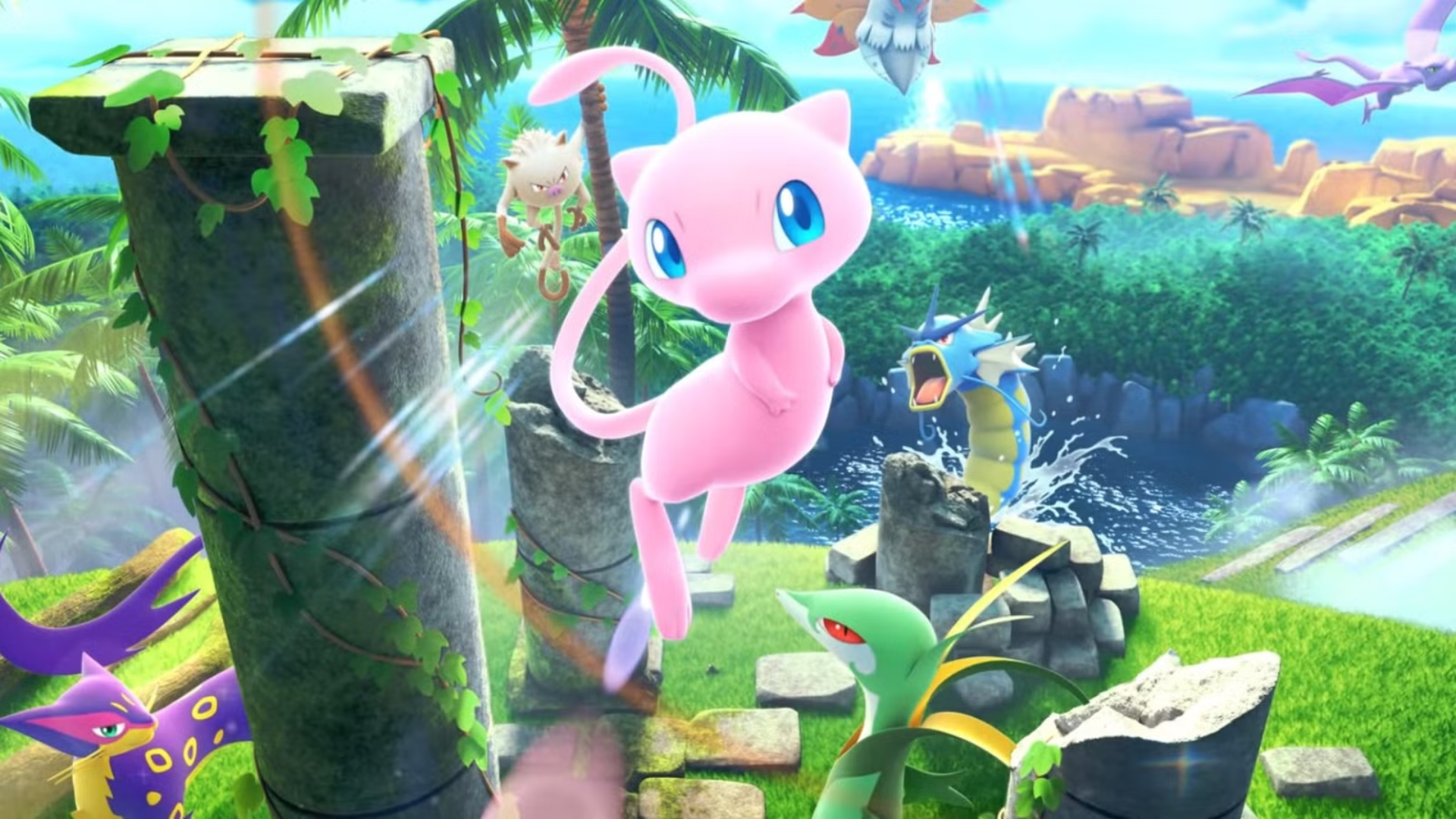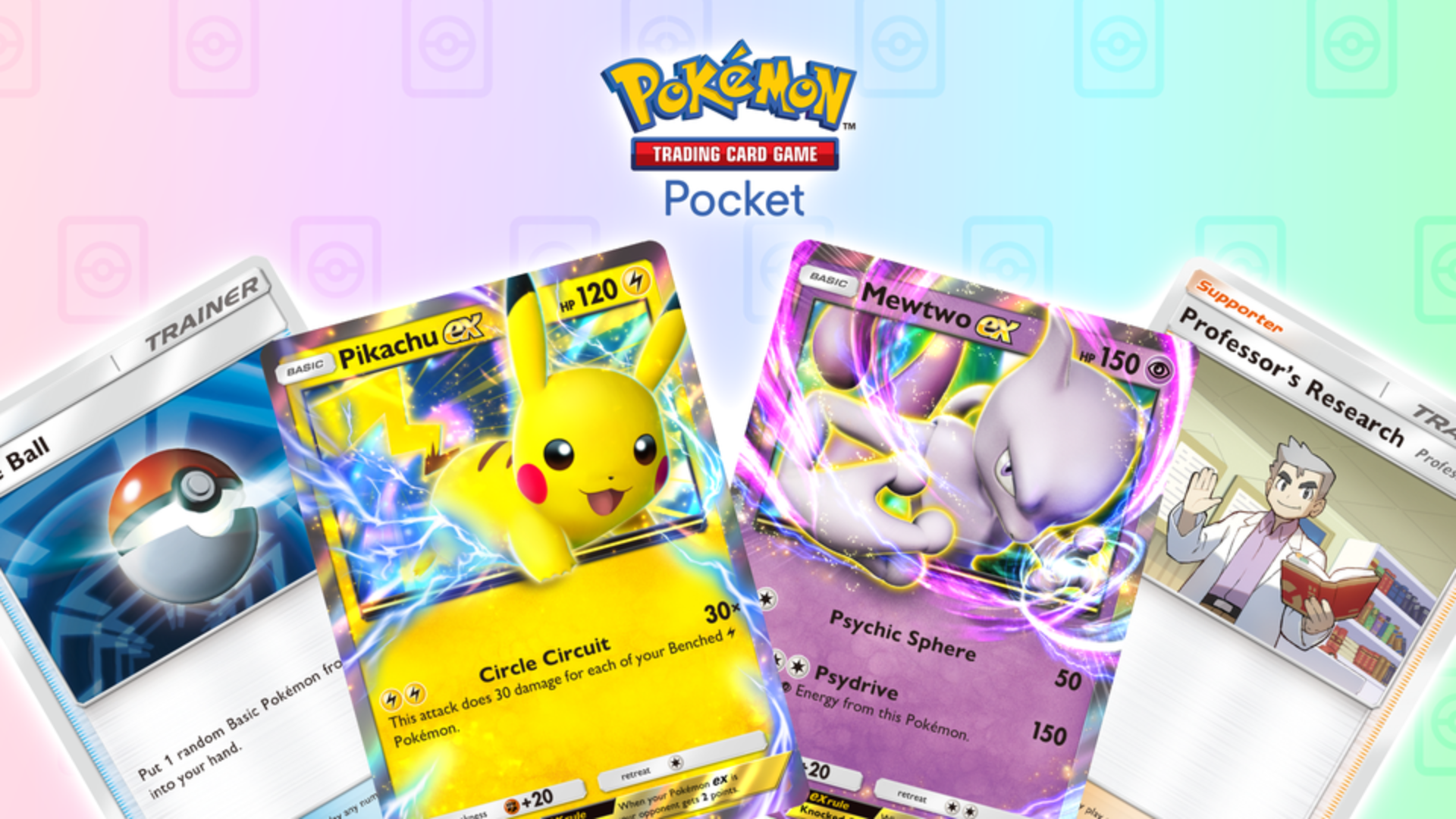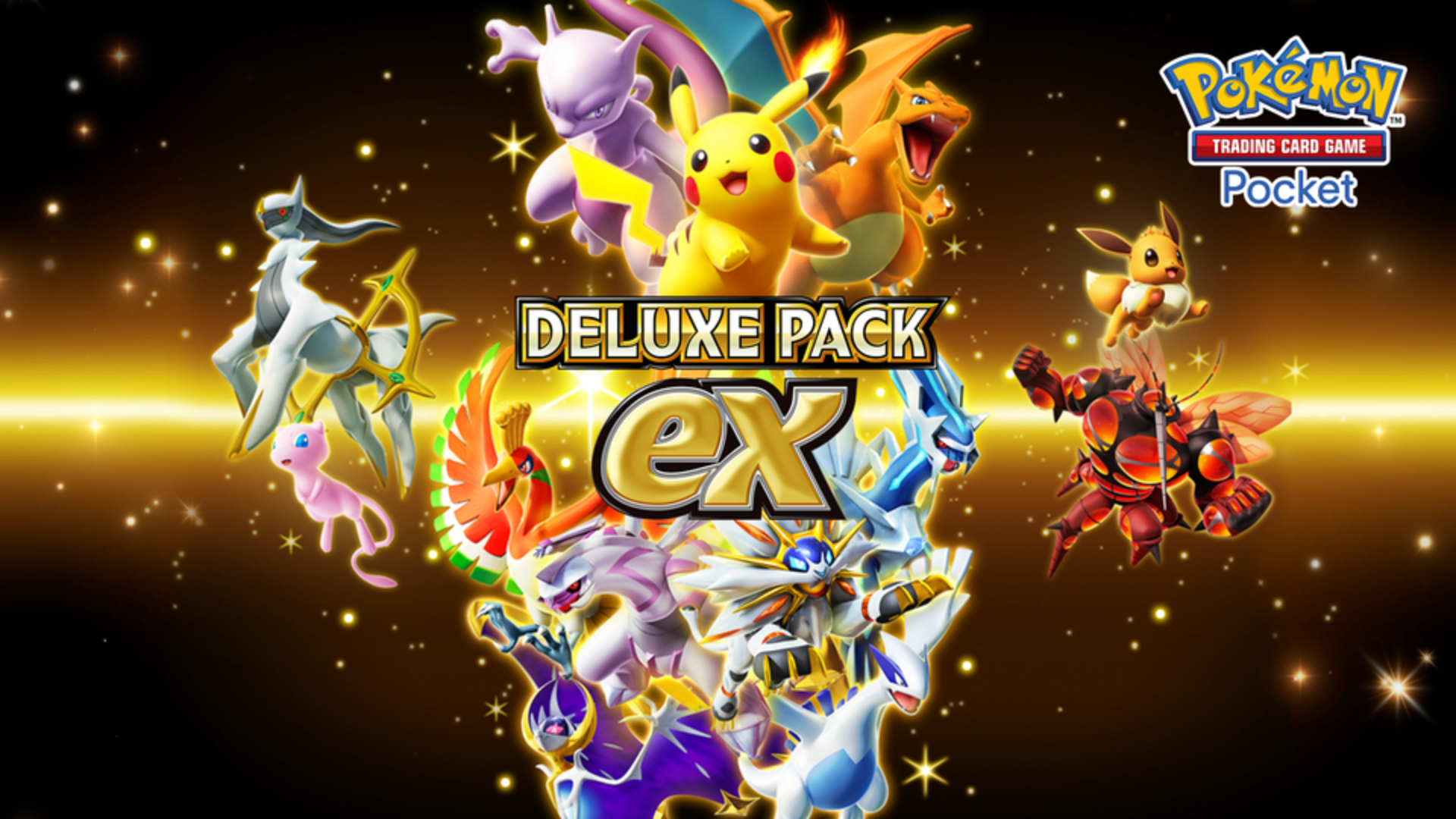Pokemon TCG Pocket: Gameplay, Gacha System, Decks and More
With the launch of Pokémon Trading Card Game Pocket in late 2024, fans have a sleek, mobile-first entry point into the beloved Pokémon TCG world. Below we break down its core mechanics, gacha-style elements, deck strategies, and more on this Ultimategacha.com guide.
Gameplay Overview and Core Mechanics
Pokémon TCG Pocket (often abbreviated PTCG Pocket) is a free-to-play mobile digital card game developed by Creatures Inc. and DeNA, and published by The Pokémon Company. It was globally released on October 30, 2024.
The gameplay retains the spirit of the physical Pokémon TCG but in a simplified digital format. Players collect cards (Pokémon, Trainers, etc.), build decks, and duel other players or AI opponents. Battles follow the core rules: draw a card each turn, play Pokémon or evolve, attach energy, and use attacks to deal damage. Victory is achieved by defeating a certain number of opponent Pokémon or exhausting their deck. The game also supports online PvP, ranked matches, and friend duels.
One digital tweak: certain resource constraints like energy collapse into more automated systems to streamline mobile play.
Gacha System or Not? The Booster Pack Mechanics
Although Pokémon TCG Pocket is not officially branded as a gacha game, it incorporates many gacha-like elements through its use of booster packs and randomized pulls.
Every 12 hours, players can open two booster packs for free, each containing a handful of digital cards. Those timers can sometimes be sped up using in-game items such as hourglasses (or a paid premium pass that grants an extra daily pack). The randomness in card outcomes echoes classic gacha mechanics: you are never guaranteed to draw a specific rare card. This mix of free daily pulls and randomness keeps the collection loop engaging (and at times monetizable).
To further diversify access, PTCG Pocket includes a “Wonder Pick” feature, letting you obtain one card from another player’s opened pack at random.
Thus, while the game aims to preserve the feel of card collection, it walks the fine line of being friendly to free players while still monetizing via pack randomness, just like many modern gacha titles.
Building Decks: Tips and Strategies
Deck building in PTCG Pocket remains a core pillar of strategy. Although the physical game uses 60-card decks, the digital version streamlines this somewhat.
Here are tips to get started:
- Balance your cards. You’ll want a mix of Pokémon (Basic, Stage 1/2 or EX), Trainer/support cards, and energy cards or effects that fetch energy.
- Focus on synergy. Use cards that enhance each other. For instance, a Pokémon that benefits from extra energy matches well with cards that accelerate energy attachments.
- Use staple Trainer cards. Draw cards, search your deck, and disruption effects can often turn the tide.
- Adapt to expansions. New sets like Mythical Island or Wisdom of Sea and Sky introduce new cards and mechanics, so stay updated.
- Test before committing. Use in-game solo challenges or AI duels to experiment with your version of the deck.
- Remain flexible. As you open more booster packs and receive new rarer cards, iterate your deck. Don’t lock into one build too early.
Top-tier decks generally revolve around consistent draw engines, efficient attackers, and disruption control. The best decks balance offense and resource management.
More Features & Ongoing Updates
Beyond gameplay and deck building, Pokémon TCG Pocket offers social and progression systems to keep players engaged:
- Trading system: You can trade cards with friends using a separate system involving “shinedust” and trade stamina. However, at launch the trading system drew criticism for being restrictive (requiring matched rarities, trade cooldowns, and currency constraints).
- Expansions & events: New card sets and limited-time events roll out regularly (for example, Deluxe Pack ex expansion with guaranteed card rarity), and seasonal challenges help maintain engagement.
- Earning resources: Duplicate cards and in-game tasks often yield shinedust or other currencies.
- Ranked PvP & leaderboards: Competitive modes were added in early 2025 to support eSports-style ladder play.


